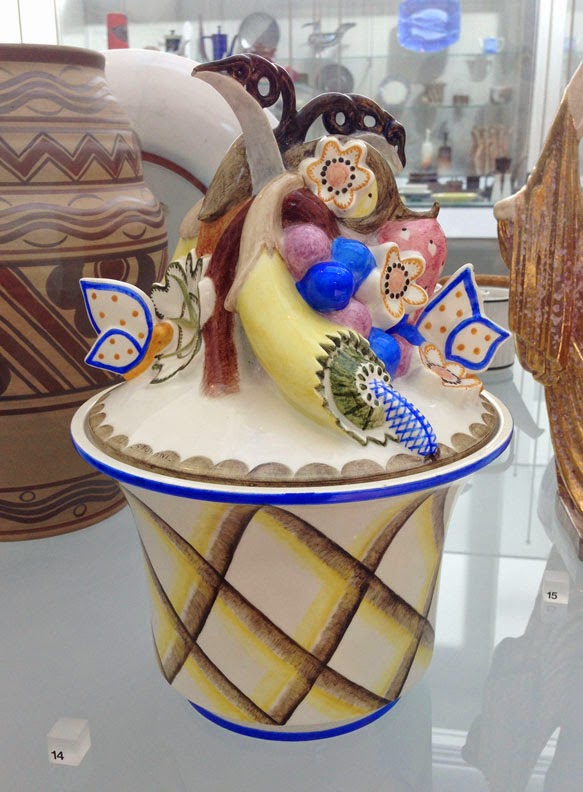Michel Ludi
Résurrection
circa 2004 (?)
(iron, steel and feather)
The minimalist undertone to Ludi’s work asks of one to observe an idea that presents itself in an exposed, even vulnerable, state. This does not imply, however, that the idea itself is easy to interpret, whether at first or indeed at all. Ludi chooses to inflict on the mind’s eye an image that is dually simple yet many-layered, tiered with possible explanations that may be as serious and contemplative as they may be quirky and seemingly far-fetched. The term ‘resurrection’ is one that certainly, if not automatically, plays with a religious theme, as well as that of the ever-revolving evolution of all elemental forms (from, for example, an air-borne seed to a mere concept that has yet to be thought of). Central to this sculpture is the human figure: upright, slightly elongated and with an armful of ‘feelers’ (for want of a better word) that emulate a fantastical cell of flailing tentacles, each stretched and branching outwards with a vigour that suggests a positive energy and a thirst for growth and change. To visually propose, as Ludi appears to, that humankind is as early in its developmental stages as are, for example, a seedling or an embryonic concept, is to simultaneously propose that the question of What is life? is likely pondered over too often. Finding a means to an end is usually never as satisfactory as it is imagined to be, and it is therefore in good sense that Ludi surrounds the human being (playfully belittling us) with the analogy of encircling endlessness - meaning that, in questioning what may be too great to understand causes one to inevitably bump back into oneself, again and again, before one realises that it may be best to just let go.





































